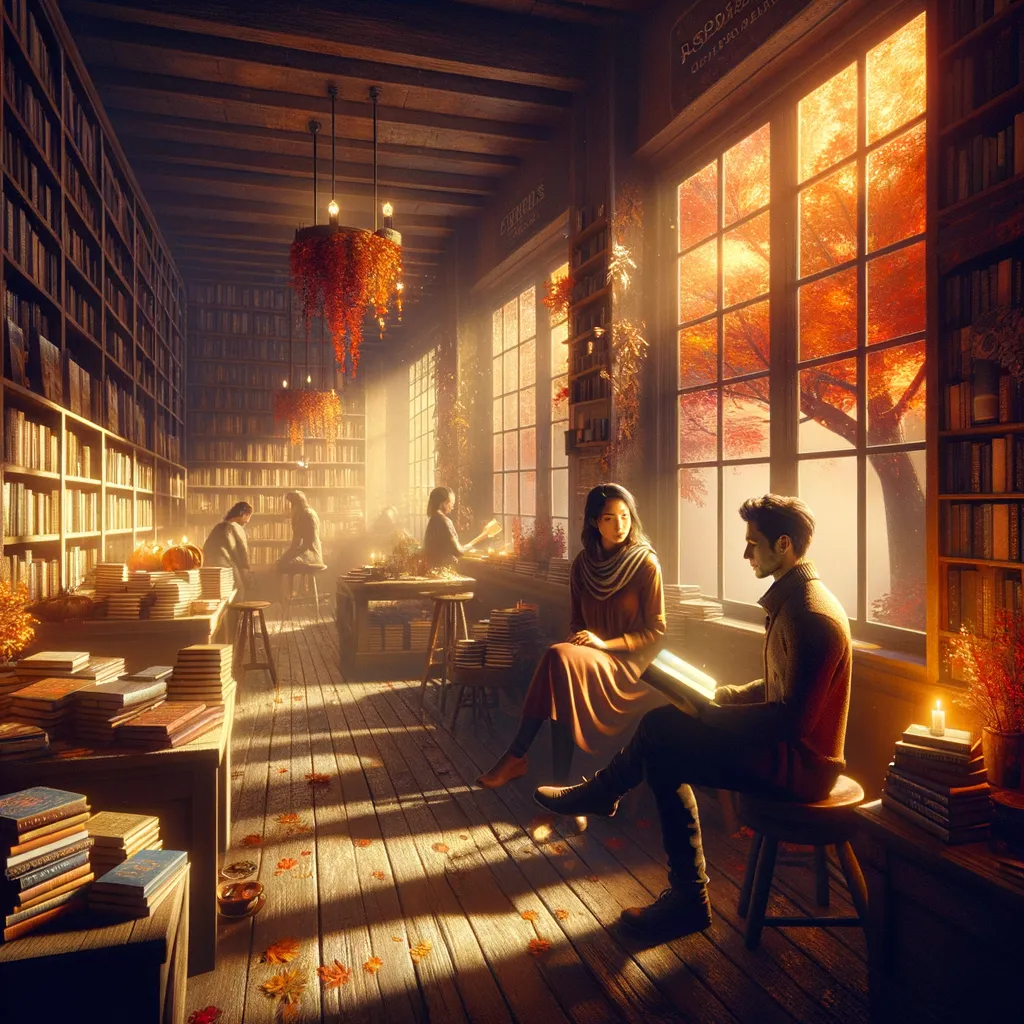Unveiling Emotions: A Journey into Abstract Art’s Soul
In a dimly lit gallery, I found myself enveloped in the intoxicating allure of abstract expressionism, where chaotic swirls of color beckoned me closer, challenging my understanding of art. Each canvas pulsed with a life of its own, transforming mundane perceptions into extraordinary revelations that mirrored the complexities of my own emotions. As I ventured deeper, the artwork unfolded like a personal narrative, invoking memories of sun-drenched summers and igniting a deep resonance within me that I had long buried. In a corner, a breathtaking sculpture made from discarded objects whispered a powerful tale of resilience, inviting me to participate in its story rather than merely observe it. Leaving the gallery, I carried with me a newfound sense of adventure, questioning how often we shy away from the unfamiliar and realizing that embracing such discomfort can lead to profound discoveries about ourselves and our interconnectedness with the world.
In the memory of May 28, 2001, I stood in a dimly lit gallery, the air thick with an intoxicating blend of paint and possibility. The walls were adorned with canvases that defied convention, colors bleeding into one another like whispers of forgotten dreams. Each piece seemed to pulse with a life of its own, inviting viewers into a realm where the mundane transformed into the extraordinary. As I stepped closer to a particularly chaotic swirl of reds and blues, I felt a strange mix of apprehension and exhilaration, as if I were peering into the soul of the artist, a soul tangled in the complexities of existence.
This was my first encounter with abstract expressionism, a genre that seemed to mock the very idea of representation. The brushstrokes were wild, untamed, and yet, there was a method to the madness. I stood there, grappling with my own perceptions, caught between admiration and confusion. What was it that compelled the artist to express emotions through such chaotic forms? The more I examined the work, the more I realized that this was not merely an absence of form, but an invitation to discover the depths of my own feelings and interpretations.
As I wandered further into the gallery, the pieces began to weave themselves into a narrative that felt eerily personal. One painting, dominated by an explosion of yellows, struck me like a sudden memory of summer days spent in sun-drenched fields. It was as if the canvas had captured the essence of joy and nostalgia, resonating with a part of me that I had long forgotten. Each stroke seemed to echo my own experiences, transforming a simple appreciation of art into a reflection on my own life’s tapestry.
Yet, with each revelation came a wave of uncertainty. How could a collection of colors evoke such visceral reactions? The question hung in the air, heavy with the weight of unspoken thoughts. It became evident that this unfamiliar art form was not just a new style; it was a mirror reflecting the chaos and beauty of the human experience. I began to see the connection between the artist’s turmoil and my own, an intricate dance of shared emotions that transcended time and space.
In a corner of the gallery, an installation caught my eye—an assemblage of discarded objects, transformed into a breathtaking sculpture. It was a testament to the beauty of imperfection, a reminder that even the most forgotten pieces could be reimagined into something extraordinary. The contrast between the rawness of the materials and the elegance of the form created a powerful statement on resilience and rebirth. I was drawn to it, not merely as an observer, but as a participant in the story it told.
That day, I left the gallery with a heart full of questions and a mind buzzing with possibilities. My understanding of art had shifted profoundly, evolving from a passive appreciation to an active engagement with the emotional narratives that art can evoke. Each piece had challenged me to confront my own truths, to explore the boundaries of my perception, and to embrace the unfamiliar.
The experience was not without its surprises; I found myself captivated not just by the beauty of the art, but by the discomfort it stirred within me. The unfamiliar often breeds resistance, but in this case, it blossomed into curiosity. What if I allowed myself to lean into that discomfort? What if I embraced the unknown as a space for growth? These questions echoed in my mind, igniting a sense of adventure that I had long abandoned.
As the sun dipped below the horizon, casting golden rays through the gallery windows, I realized that this encounter with unfamiliar art was more than a fleeting moment. It was a transformative experience that revealed the interconnectedness of all human expressions. Art, in its myriad forms, serves as a bridge that connects us to one another, transcending language and culture, allowing us to share our innermost selves.
In reflecting on that day, I pondered the nature of discovery itself—how often do we shy away from what we do not understand? How frequently do we limit our experiences to the familiar, missing out on the profound revelations that lie just beyond our comfort zones? As I stepped out into the cool evening air, a single thought lingered in my mind: In a world brimming with unknowns, how willing are we to embrace the unfamiliar and uncover the treasures hidden within?
Art transforms chaos into connection, inviting hearts to explore the uncharted depths of emotion and discovery.



